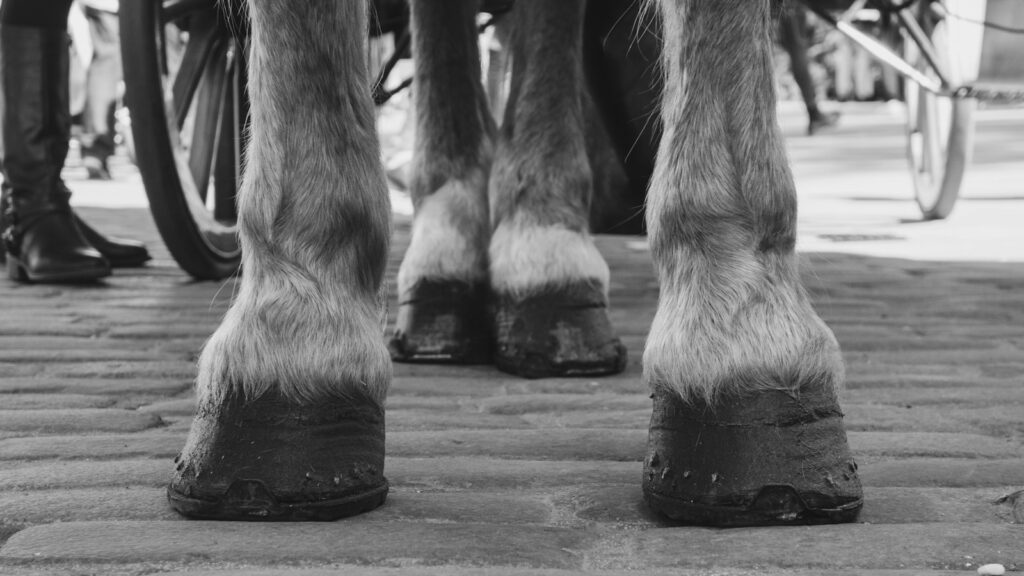In the world of equestrian sports, few practices are as foundational yet controversial as hoof trimming. This essential aspect of equine care directly impacts not only a horse’s performance but also its overall health and longevity. While many equestrians understand that hoof care is necessary, misconceptions abound regarding proper techniques, frequency, and the potential consequences of improper trimming. From recreational riders to Olympic competitors, the approach to hoof care varies widely across disciplines and traditions. This article delves into the science, art, and ethics of hoof trimming in equestrian sports, separating fact from fiction to provide a comprehensive understanding of this crucial practice.
The Historical Evolution of Hoof Trimming
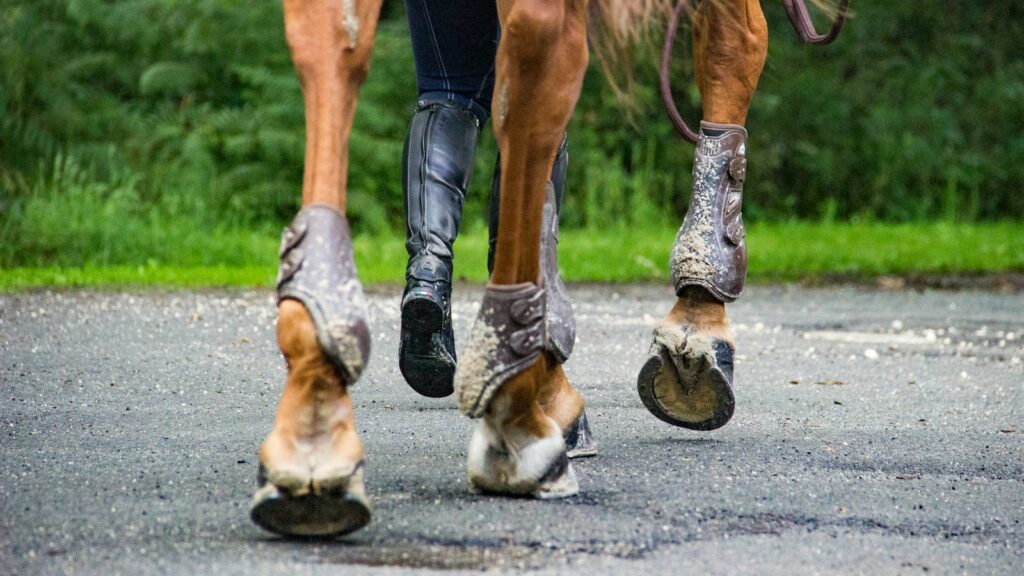
Hoof care has evolved dramatically since humans first domesticated horses around 6,000 years ago. Ancient civilizations like the Romans and Greeks developed early forms of protective footwear, but systematic trimming practices weren’t well-documented until the Middle Ages. By the Renaissance period, farriery had become a respected profession with established guilds and apprenticeship systems. The industrial revolution brought standardized tools and techniques, while the 20th century saw the emergence of specialized approaches for different disciplines. Today’s methods blend traditional knowledge with modern scientific understanding, acknowledging that proper trimming must consider biomechanics, anatomy, and the horse’s individual needs rather than forcing all hooves into a predetermined ideal shape.
The Anatomy of the Equine Hoof
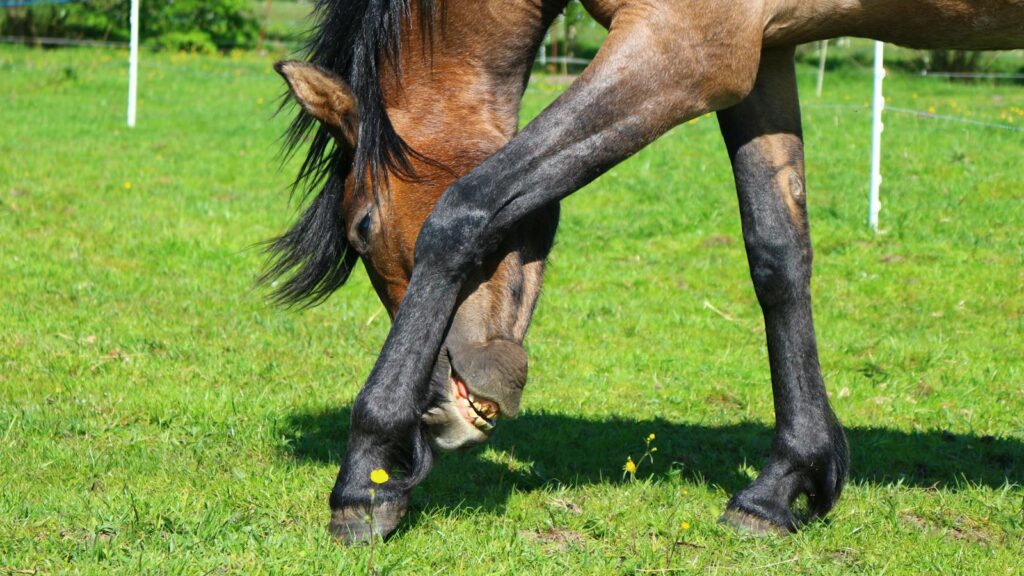
Understanding proper hoof trimming requires familiarity with the complex structure of the equine foot. The visible outer hoof is composed of the wall, sole, and frog – all made of keratin similar to human fingernails but significantly thicker and specialized. Beneath this protective exterior lies a delicate arrangement of bones, including the coffin bone, navicular bone, and lower pastern, suspended within the hoof capsule by sensitive laminae. The digital cushion and lateral cartilages provide crucial shock absorption during movement. Blood vessels and nerves permeate the interior structures, making the hoof a living, dynamic organ rather than simply a hard covering. This complex integration means that trimming decisions affect not just the hoof itself but can influence the entire skeletal alignment and movement pattern of the horse.
The Science Behind Proper Hoof Balance
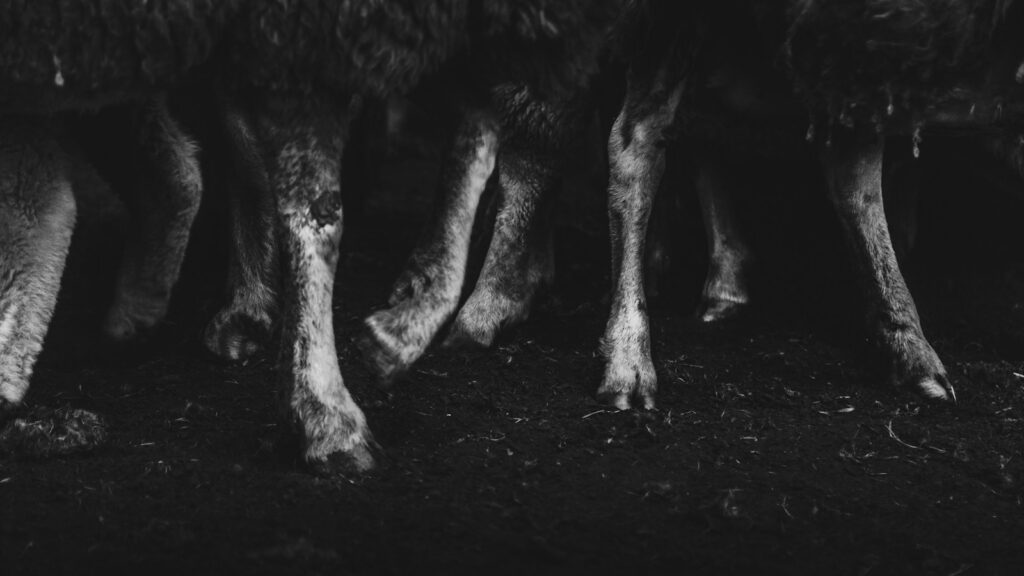
Achieving optimal hoof balance goes far beyond merely creating a visually appealing foot. Scientific research has established that balanced hooves distribute weight evenly across internal structures and promote efficient movement patterns throughout the entire limb. The mediolateral (side-to-side) balance affects joint loading and can significantly impact the development of arthritis when consistently uneven. Dorsopalmar/dorsoplantar (front-to-back) balance influences tendon loading, breakover mechanics, and stride efficiency. Research using pressure plates and high-speed cameras has demonstrated that even subtle imbalances can create compensatory movements that may manifest as performance issues or lameness over time. Proper trimming aims to achieve balance specific to each individual horse, considering its conformation, movement patterns, and athletic demands rather than applying a one-size-fits-all approach.
Different Trimming Philosophies in Modern Equestrian Sports
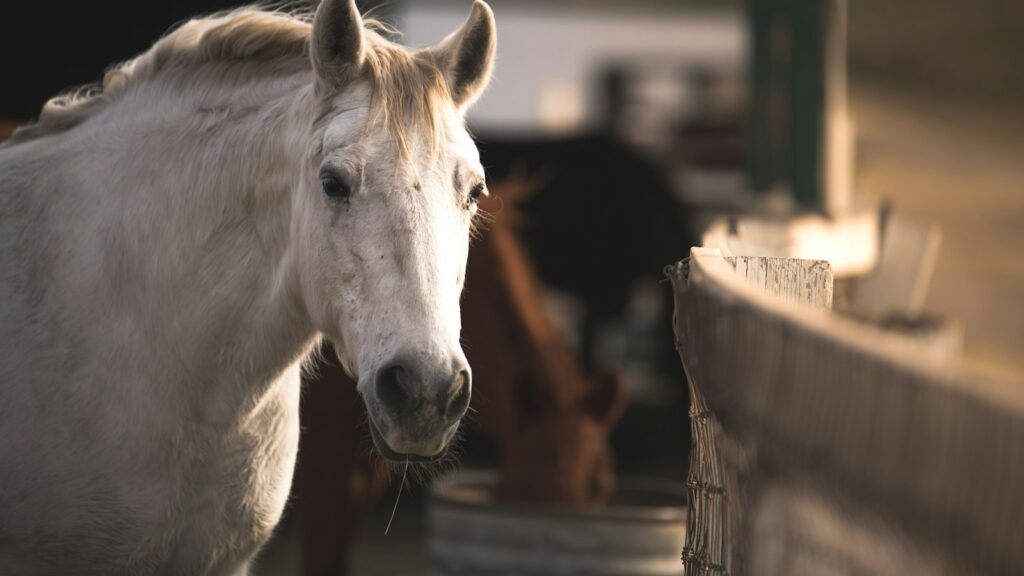
The equestrian world encompasses numerous trimming philosophies, each with passionate advocates and varying degrees of scientific support. Traditional farriery emphasizes geometric balance and often works in conjunction with shoeing for performance horses. The “natural” or “barefoot” movement argues that domestic horses benefit from trimming that mimics the wear patterns of wild horses, typically advocating for shorter toes and more callused soles. Specialized approaches like the four-point trim or the mustang roll have gained popularity in certain disciplines. Performance-oriented trimming may incorporate subtle modifications to enhance specific movements – dressage horses might benefit from different balance points than jumping horses, for example. These various approaches often seem contradictory, leading to confusion among horse owners trying to determine the best choice for their animals.
Common Misconceptions About Hoof Trimming
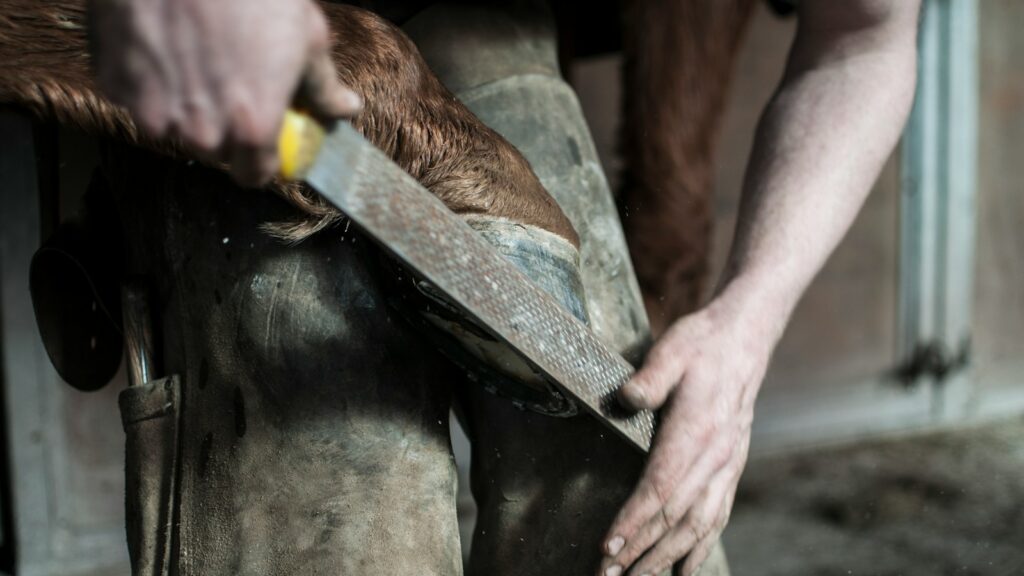
Despite increased access to information, persistent myths continue to influence hoof care decisions in equestrian communities. One widespread misconception is that all horses require the same trimming schedule, typically every 6-8 weeks, when in reality, growth rates vary based on season, diet, exercise, and individual metabolism. Another common belief is that barefoot horses need less frequent trimming than shod horses, which ignores how domestication alters natural wear patterns. Some riders mistakenly believe that pain following trimming is normal or that a horse needs time to “adjust” to a correct trim, when discomfort typically indicates excessive removal of hoof material or creation of imbalance. Perhaps most dangerously, many assume that cosmetically attractive hooves are necessarily functional ones, prioritizing appearance over biomechanical correctness. These misconceptions can lead to long-term soundness issues that could be avoided with more nuanced understanding.
The Role of Farriers vs. Barefoot Trimmers

The distinction between traditional farriers and barefoot trimmers reflects a significant divide in equine hoof care philosophy. Farriers typically complete apprenticeships focusing on both trimming and shoeing, with an emphasis on craftsmanship and traditional techniques developed over centuries. Barefoot trimmers, a more recent specialization, generally focus exclusively on maintenance of unshod hooves, often emphasizing natural function and movement patterns. Training requirements vary dramatically, with some regions having no legal standards for either profession, while others require certification or licensing. This division sometimes creates tension within the equestrian community, with heated debates about qualifications and outcomes. Progressive professionals from both camps increasingly recognize the value in collaboration and acknowledge that both approaches have valid applications depending on the individual horse’s needs, environment, and athletic demands.
Discipline-Specific Trimming Considerations
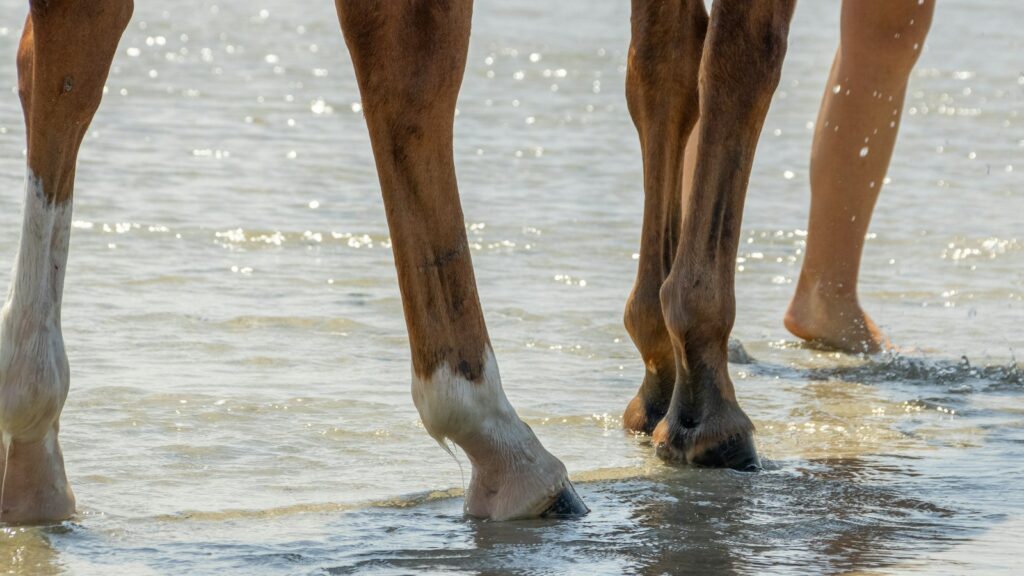
Different equestrian disciplines place unique demands on horses’ hooves, leading to specialized trimming approaches. Dressage horses often benefit from balanced trims that facilitate collection and precise movements, sometimes with subtle adjustments to heel height that support engagement of the hindquarters. Jumping horses typically need strong heel support and optimal breakover to handle landing forces and quick turns between fences. Western performance horses, particularly those in reining or cutting, may receive trims that facilitate sliding stops or quick pivots on the hindquarters. Endurance horses require trims that prioritize durability and natural function over extreme angles. Gaited horses present special considerations, as their unique movement patterns can be either enhanced or disrupted by trim variations. These discipline-specific approaches highlight how trimming can be tailored to support athletic performance while still maintaining fundamental principles of hoof health.
The Impact of Poor Trimming on Performance
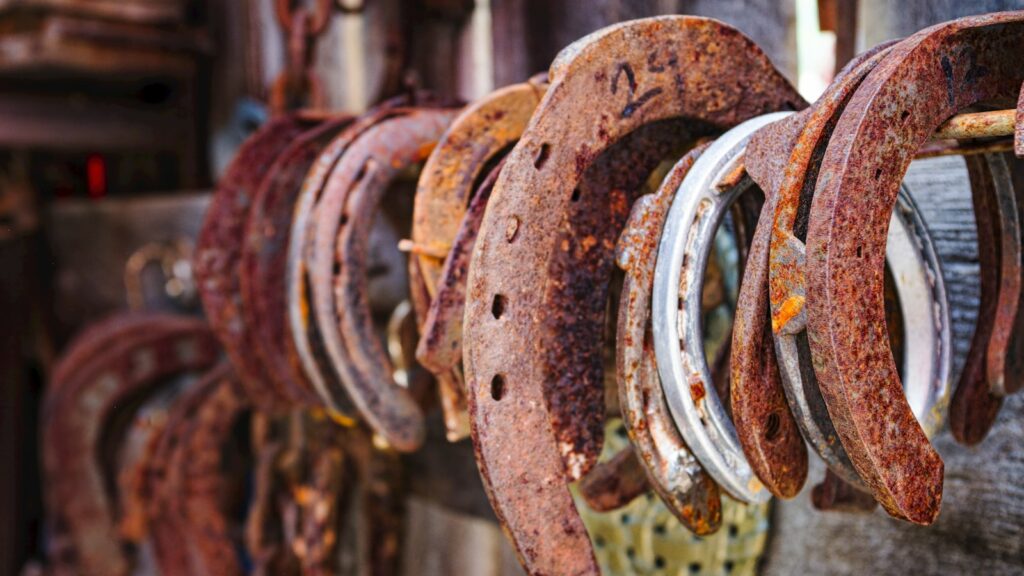
Improper hoof trimming can devastate athletic performance, often in ways not immediately obvious to riders. Subtle imbalances create compensatory movements that waste energy and reduce efficiency, resulting in earlier fatigue during competition. Horses may shorten their stride or develop irregular cadences when trying to avoid discomfort, leading to tension that manifests throughout the body and resistance in training. Over time, these compensations can lead to muscle development patterns that reinforce the irregular movement, creating a cycle that becomes increasingly difficult to correct. At the elite level, where fractions of seconds or marginal improvements in movement quality determine outcomes, proper hoof balance can make the difference between winning and losing. Even recreational riders find that correcting trim-related issues often resolves training plateaus or behavioral problems previously attributed to the horse’s temperament or willingness.
Long-Term Health Consequences of Improper Trimming
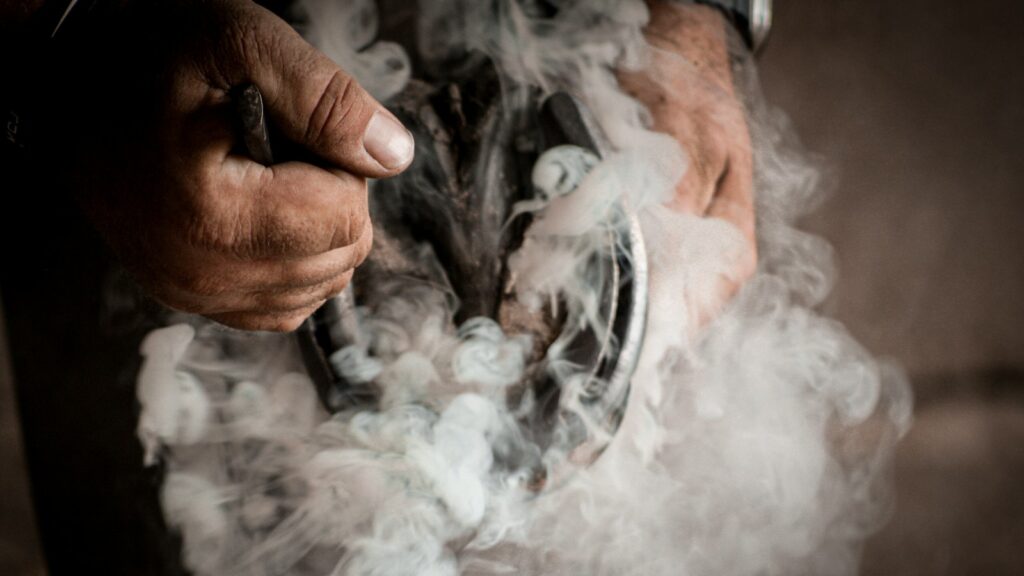
Beyond immediate performance effects, improper trimming can lead to serious health issues that may permanently impact a horse’s career and quality of life. Chronic imbalance places abnormal stress on joints, potentially accelerating the development of conditions like navicular syndrome, ringbone, or sidebone. Consistent excessive toe length can strain the deep digital flexor tendon and contribute to soft tissue injuries that may never fully heal. Incorrect trimming angles can alter the horse’s entire posture, creating back pain, kissing spines, or other issues seemingly unrelated to the feet. Perhaps most concerning is the development of hoof capsule distortions like contracted heels, underrun heels, or club feet that become increasingly difficult to correct once established. These complications highlight why knowledgeable hoof care providers consider the whole horse rather than viewing the hoof in isolation.
Recognizing Quality Hoof Care Professionals
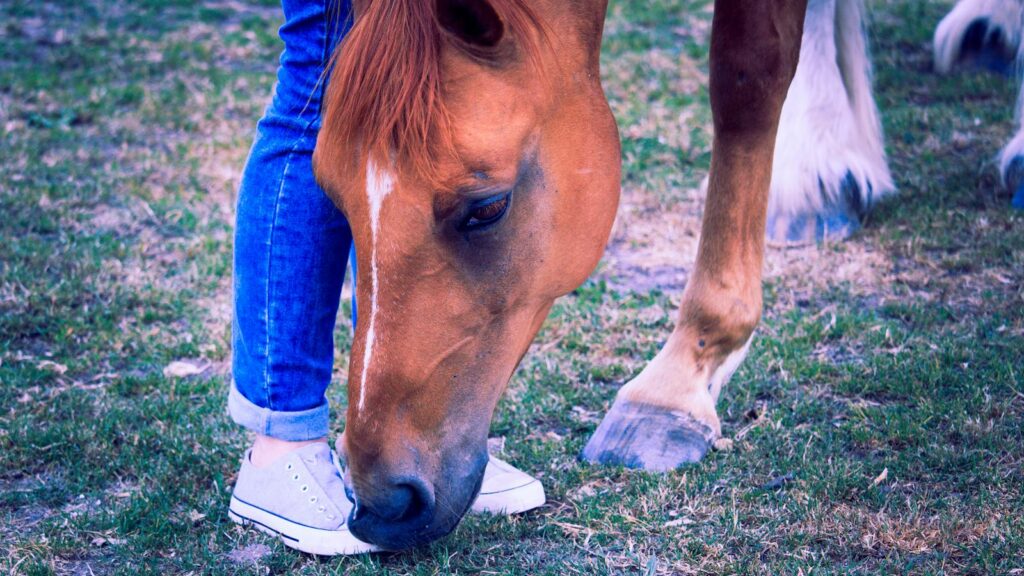
Finding skilled professionals to maintain equine hooves requires looking beyond basic credentials to assess knowledge and approach. Reputable hoof care providers welcome questions and can clearly explain their trimming decisions in terms of how they benefit the individual horse. They maintain records of work performed and track changes in the hooves over time, demonstrating commitment to consistent improvement. Quality professionals continue their education through workshops, conferences, or additional certifications, staying current with evolving research rather than relying solely on traditional methods. Their assessment includes observing the horse in motion and considering the entire limb, not just the hoof itself. Perhaps most importantly, ethical providers recognize their limitations and will refer cases beyond their expertise to veterinarians or specialists rather than attempting procedures they aren’t qualified to perform.
The Owner’s Role in Monitoring Hoof Health
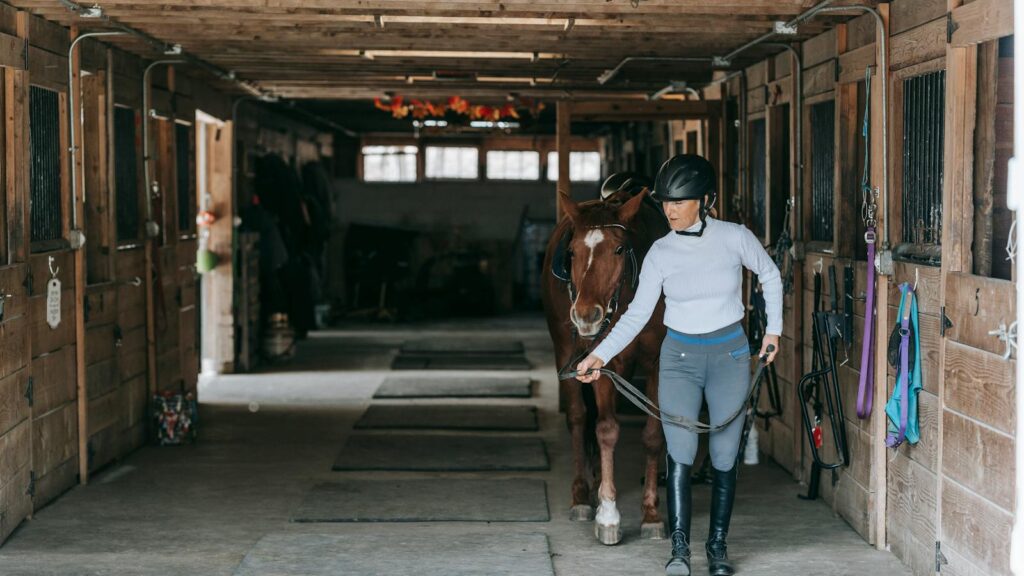
While professional expertise is essential, daily monitoring by knowledgeable owners provides crucial continuity in hoof care. Responsible horse owners develop the ability to recognize normal hoof appearance and detect early warning signs like heat, pulse changes, or subtle asymmetry that might indicate developing problems. Regular documentation through photos helps track gradual changes that might otherwise go unnoticed between trimming appointments. Owners also play a critical role in maintaining appropriate environmental conditions, implementing necessary dietary adjustments, and ensuring consistent exercise to support hoof health. Learning basic hoof anatomy allows owners to communicate effectively with professionals and make informed decisions about care options. This partnership approach, where owners and professionals collaborate rather than delegating all responsibility to occasional visits, typically results in the best long-term outcomes for the horse.
Ethical Considerations in Competition Trimming
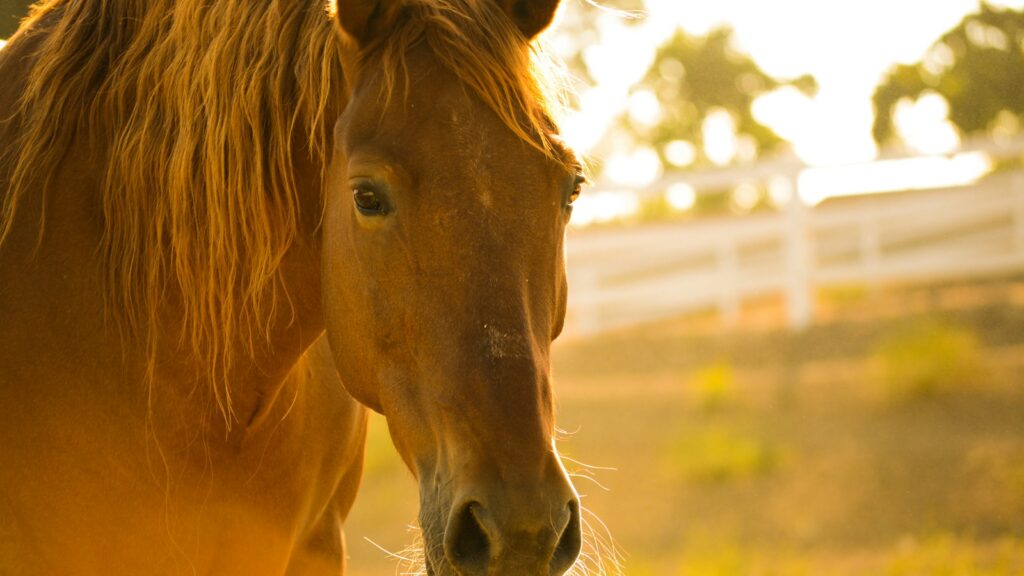
The pressure to achieve competitive success sometimes leads to trimming practices that prioritize short-term performance over long-term soundness. Certain extreme techniques, like excessive lowering of heels in gaited horses to exaggerate animation or aggressive trimming to facilitate specific movements, raise serious welfare concerns. Some competition circuits have implemented rules regarding hoof length, angle, or shoeing to discourage harmful practices, but enforcement remains challenging. Ethical professionals must sometimes navigate difficult conversations with clients who request trims that could compromise their horses’ well-being. The responsibility ultimately extends to judges and governing bodies to reward natural movement and soundness rather than artificial exaggeration that incentivizes harmful practices. As public awareness of equine welfare issues increases, competitions increasingly face scrutiny regarding hoof-related standards and protocols.
The Future of Equine Hoof Care in Sports

Technological advances are rapidly transforming equine hoof care, offering unprecedented insights and options. 3D scanning and printing technologies allow precise measurement and creation of custom therapeutic devices tailored to individual hooves. Motion capture systems provide objective data about how trimming changes affect movement patterns throughout the entire body. Advanced imaging modalities help identify internal changes before they manifest as visible problems. These innovations are increasingly accessible beyond elite sport horses, gradually benefiting the broader equestrian community. Meanwhile, growing interest in equine welfare is driving research into practices that optimize both performance and long-term soundness rather than treating them as competing priorities. As collaboration between veterinarians, farriers, trimmers, and researchers continues to strengthen, the future promises more evidence-based, individualized approaches to supporting equine athletes through appropriate hoof care.
conclusion
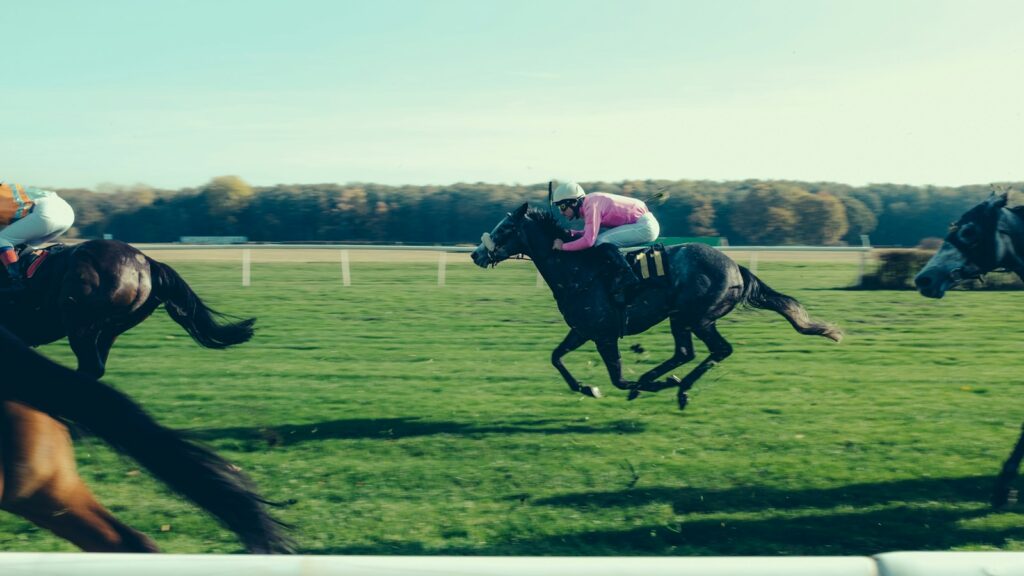
The truth about hoof trimming in equestrian sports reveals a practice far more nuanced and consequential than many realize. Beyond the simple maintenance procedure it might appear to be, proper trimming represents a delicate balance of art and science that directly impacts every aspect of a horse’s athletic career and welfare. By understanding the anatomical foundations, recognizing discipline-specific considerations, and partnering with qualified professionals, equestrians can ensure their horses receive care that supports both performance goals and long-term soundness. As the sport continues to evolve, increased emphasis on evidence-based practices and ethical considerations promises a future where competitive success and optimal hoof health are recognized as complementary rather than competing priorities.

